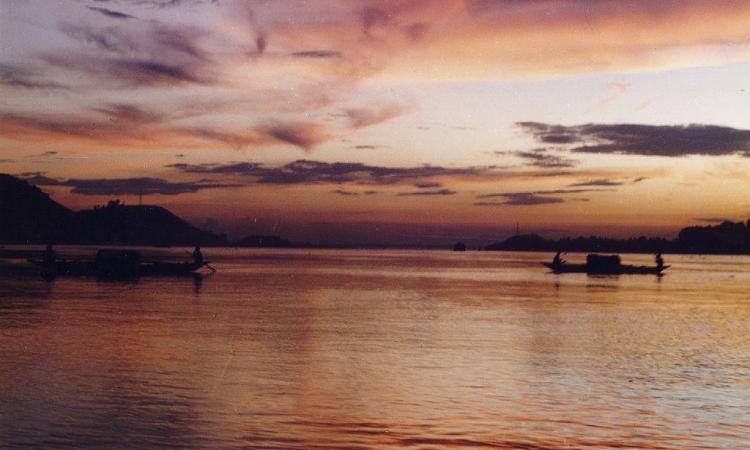
Since the 1990s, it has often been predicted that all the conflicts over this century will be over water and that they will be fought in the South Asian region, which is undergoing a rapid growth in population coupled with a gradual decrease in water resources. Competition over water is said to be increasing and intensifying in the region, which is already at a risk of volatile geopolitics with increase in the fragility of states.
Need to move away from the concepts of water wars or conflicts
The paper titled 'Troubled waters: India and the hydropolitics of south Asia' published by the Australia India Institute as a part of the Fearless Nadia occasional paper, argues that it is important to move away from the fears of water wars or conflicts in the South Asian region.
The paper challenges the concepts of water wars and conflicts and argues that there is no such thing as a water war and that even the concept of water conflicts is ill-defined and based on the assumption that conflict is opposite of cooperation. However, cooperation and conflict coexist in all interactions and at times ostensible cooperation can lead to cementing of inequalities, while conflicts can lead to resolution of grievances. Rather, it is better to refer to these as water interactions, which are much more complex than simplistic or alarmist fears of water wars.
Opportunities for co-operation, not war
The paper begins by addressing the three most common fears about water wars on the Indian sub-continent namely, water scarcity, increasing competition and the spectre of China.
Unprecedented growth in populations and the impact of climate change have increased floods and storms in the Ganga-Brahmhaputra -Meghna basin as well as flooding of the Indus and Ganges. This is due to the melting of the Himalayan glaciers followed by profound and protracted drought in the region.
The paper argues that there is very little evidence which shows that such situations can lead to conflict. Rather, cooperation actually increases during droughts, and naturally arid countries are seen to have higher levels of cooperation over water. Similarly, increasing competition may not always lead to conflict. It could lead to benefit-sharing as has been seen in the case of China and its downstream co-riparians in the Mekong River Basin.
Can India be a facilitator?
Even the fear of India having conflicts with China over water sharing are blown out of proportion; rather it could provide an opportunity for India to take up leadership in developing benefit sharing arrangements and broader regional water cooperation. The paper proposes that India could become a constructive leader in managing South Asia’s water resources and change the region’s approach to water scarcity and transform the way the region addresses its water problems. It can contribute by:
- Making the region understand that the water problem is a problem of mismanagement and inequitable distribution rather than just an environmental problem requiring hydro-engineering solutions;
- Ensuring equitable sharing of the benefits of trans-boundary water agreements– particularly with regard to China’s dam-building ambitions on the Brahmaputra and its consequences for Bangladesh;
- Improving cooperation in its bilateral water interactions with Pakistan by attempting to make the Indus Waters Treaty more robust for conflict resolution;
- Being sensitive to the concerns of Bangladesh and Nepal;
- Setting an example for the region by abandoning the false dichotomy of conflict/cooperation, and instead accepting the ambiguity and complexity of water interactions.
/articles/water-wars-not-what-you-think